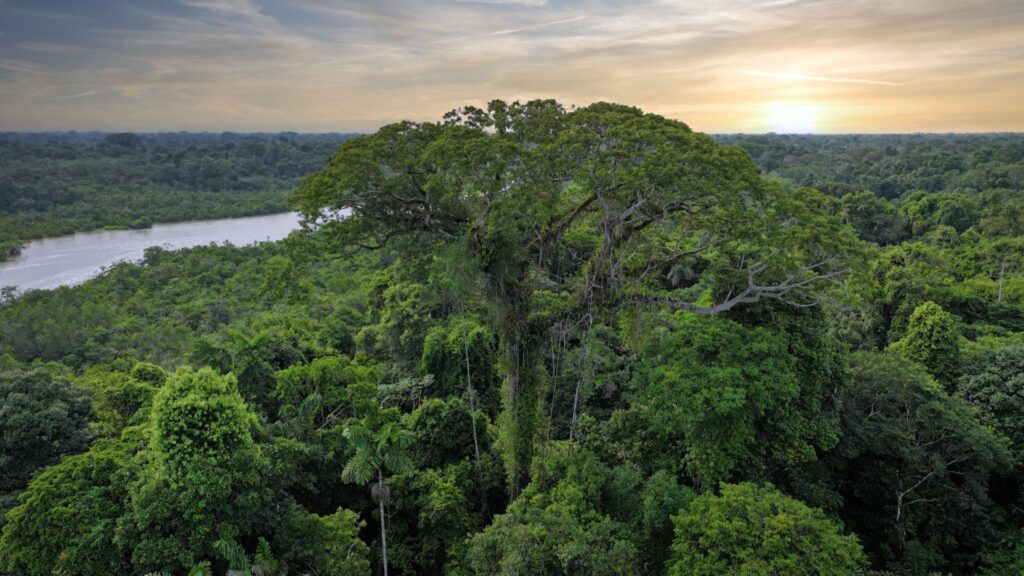The world’s oldest and most vital forests are under unprecedented threat, with serious consequences for the planet’s climate, biodiversity, and human livelihoods. A new report from the World Resources Institute (WRI) has revealed that 2024 witnessed the largest loss of primary rainforest in at least two decades, raising alarms among scientists and conservationists.
Primary forests—also known as old-growth forests—are ecosystems that have developed over centuries without significant human disturbance. They are rich in biodiversity and possess high carbon storage capabilities, making them essential in the global fight against climate change. These forests, ranging from the Amazon to the Congo Basin and Southeast Asia, also serve as the final refuge for many rare and endangered species.
The WRI report notes that 6.7 million hectares of primary rainforest were lost in 2024, a figure driven largely by extensive wildfires and human encroachment. That loss is equivalent to wiping out an area the size of England and Wales each year.
Why Ancient Forests Matter
Beyond their environmental importance, ancient trees offer a wide range of ecological and cultural benefits. According to a 2022 scientific review published on PubMed Central, older trees store significantly more carbon per unit area than younger ones, regulate underground ecosystems, and support complex biodiversity networks. These forests are not just natural wonders—they are living archives of history and culture.
Their age varies widely by species. For instance, a birch tree might be considered ancient at 150 years, while a yew tree could take 800 years to reach that status. Some trees, like a famous yew near London, are estimated to be as old as 2,500 years. The world’s oldest living tree, located in eastern California, is believed to be over 4,850 years old—older than the pyramids of Giza.
The UK’s Forestry Commission highlights that ancient woodlands are irreplaceable habitats teeming with wildlife and are home to species that have adapted to their specific environments over centuries. But ancient forests are not just ecological assets—they are intertwined with human health and culture. The Japanese practice of shinrin yoku, or forest bathing, has shown therapeutic effects on mental and physical well-being. Furthermore, forests are central to the lives of 1.6 billion people who depend on them for food, fuel, medicine, and income.
Growing Threats to Forests
Climate change is intensifying the crisis. Rising global temperatures are placing additional stress on already fragile forest ecosystems. A University of Leeds study warns that by the end of the century, up to 90% of temperate rainforests in some regions could disappear if current trends continue. Even with aggressive emissions reductions, a projected 9% of these forests could still be lost.
Human activities—especially deforestation for agriculture and development—are another major driver. In the UK, ancient woodland now covers just 2.5% of the country, a drastic decline from the estimated 75% coverage in prehistoric times.
Solutions and the Path Forward
Breaking the cycle of forest degradation requires action on two fronts: halting deforestation and reducing greenhouse gas emissions. Protected areas have proven effective, but experts argue that more focus is needed on high-risk regions, particularly in countries like Brazil and Indonesia.
Financial incentives for conservation and sustainable land management are key strategies. Restoration is equally important. Initiatives such as 1t.org, launched by the World Economic Forum, aim to conserve, restore, and grow one trillion trees by 2030. By bringing together governments, private companies, and environmental innovators, the initiative seeks to scale up reforestation efforts and support green entrepreneurship through platforms like UpLink.
As the world faces the twin crises of biodiversity loss and climate change, preserving what remains of our ancient forests is not just an environmental imperative—it is a global responsibility. Their loss is not only a blow to the planet’s health but to the cultural and spiritual heritage of humanity itself.

